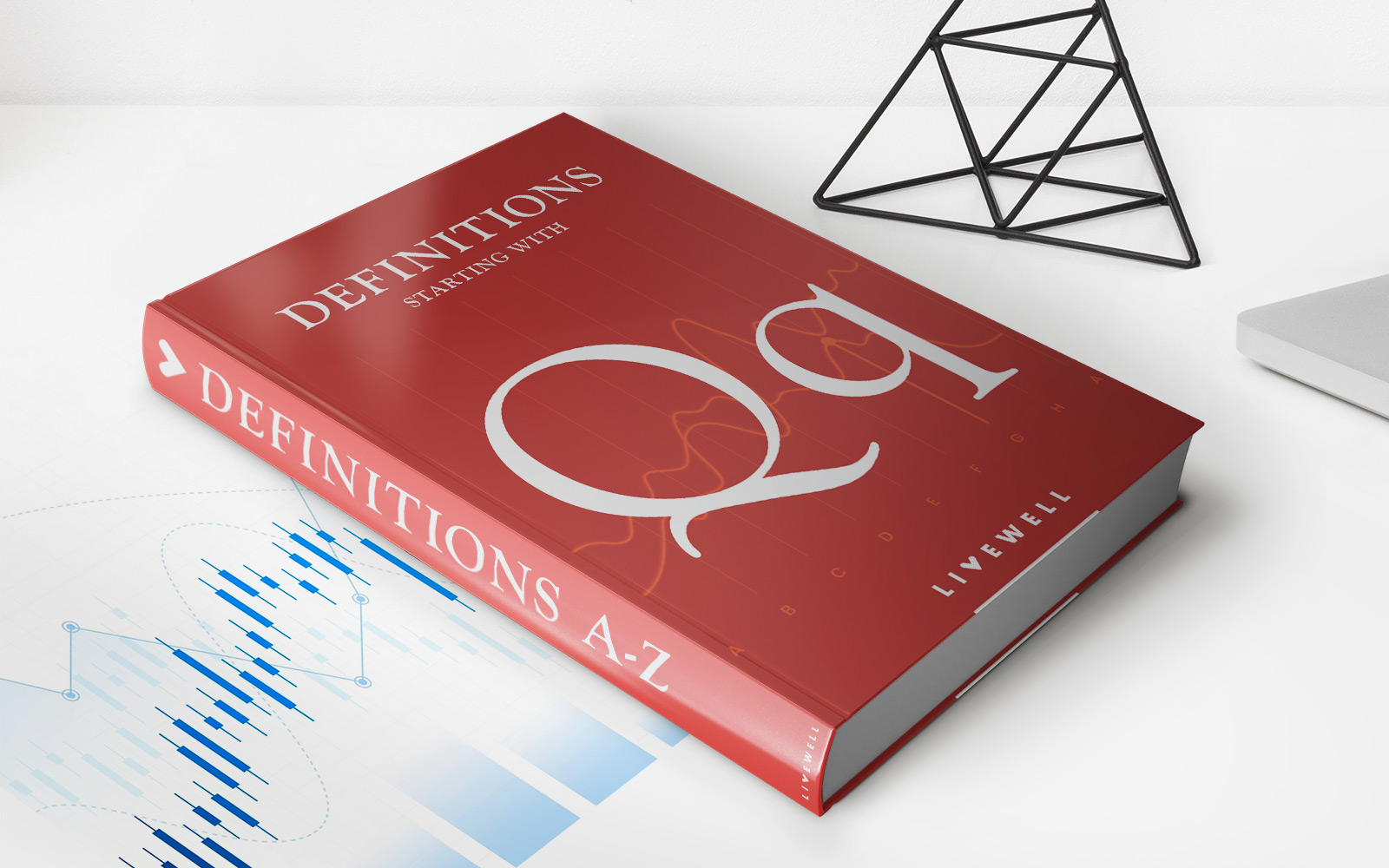Home>Finance>Everything You Need To Know About Income Statement


Finance
Everything You Need To Know About Income Statement
Modified: September 6, 2023
Learn why the income statement is one of the core financial information a company needs and how it shows its ability to create profits and manage expenses.
(Many of the links in this article redirect to a specific reviewed product. Your purchase of these products through affiliate links helps to generate commission for LiveWell, at no extra cost. Learn more)
The income statement is one of the essential financial statements that a company needs. This, along with the balance sheet and the cash flow statement, is a useful report. It shows the company’s financial performance over a particular accounting period.
Defining Income Statement
The Income Statement is also known as profit and loss statement, statement of operations, and statement of earnings. This focuses on reporting the summary of a company’s revenues, expenses, and resulting net income during a specific period.

Photo from Pixabay
The balance sheet reports the company’s financials as of a particular date. Additionally, the income statement provides information about income over a certain period.
It also indicates the duration over which the figures were derived. The income sheet must be submitted to the SEC or Securities and Exchange Commission.
Items in the Income Statement
Four items are commonly seen in an income statement. These include the following: revenues, expenses, gains, and losses. However, this statement does not cover the money paid by the business. These involve cash payments or disbursements. Neither the money received by the business (receipts) are reflected here.

Photo by Sabine van Erp from Pixabay
Starting with the details of sales, it works down to compute the net income. And eventually computes the earnings per share (EPS). The income statement gives a report of how the net revenue realized. And how the company transforms it into profits or loss (net earnings).
REVENUE
The company’s revenue can be from sales or services. It associates the gross of the costs with creating the goods sold or in providing services. The very top of the income statement displays this value. However, some companies have multiple revenue streams that add to a total revenue line.
Operating Revenue
Revenue realized through primary activities is the Operating Revenue. Primary activities refer to revenue earned from the sale of a product. Additionally, this also goes for companies manufacturing a product. And for a wholesaler, distributor or retailer involved in the business of selling that product.
This is similar to a company or its franchisees in the business of offering services. It refers to the revenue or fees achieved in exchange for offering those services.

Photo by Steve Buissinne from Pixabay
Non-Operating Revenue
Non-operating recurring revenues are revenues realized through secondary, non-core business activities. Earnings that are outside of the purchase and selling of goods and services are the source of these revenues.
It may also include income from interest earned on business capital stored in the bank. Income from strategic partnerships like royalty payment receipts, rental income from a business property. As well as income from an advertisement displayed on business property.
GAINS
EXPENSES and LOSSES
The expense, also known as the cost for a business to continue operation and turn into a profit. It can be classified into primary activity expenses and secondary activity expenses. The primary activity expenses are all expenses for earning the normal operating revenue. They are linked to the primary activity of the business.
These include the SG&A expenses, cost of goods sold (COGS). As well as research and development (R&D) expenses, depreciation, or amortization. Other typical items make up this list. These are sales commissions, utility expenses like transportation and electricity, and employee wages.

Photo by GoSimpleTax from Flickr
Other components in the income statement include:
Cost of Goods Sold (COGS)
Cost of Goods Sold (COGS) can also be called the Cost of Sales if the company is a service business. This line item aggregates the direct costs associated with selling products to generate revenue. Those direct costs can include labor, materials, and parts. And also an allocation of other expenses such as depreciation.
Gross Profit
To calculate the Gross Profit, deduct the Cost of Goods Sold (or Cost of Sales) from Sales Revenue.
Photo from Max Pixel
Selling, General and Administrative (SG&A) Expenses
SG&A Expenses contains all other indirect costs associated with running the business. It includes insurance, rent, and office expenses, salaries and wages, and travel expenses. It also includes other operational expenses, and sometimes depreciation and amortization.
Marketing, Advertising, and Promotion Expenses
Marketing, advertising, and promotion expenses are often grouped. In addition, they are all similar expenses related to selling and promoting goods and services.
Depreciation and Amortization Expenses
Depreciation and amortization refer to non-cash expenses. These spread out the cost of capital assets such as Property, Plant, and Equipment.
Income Taxes
Relevant taxes charged on pre-tax income are Income Tax. Both current taxes and future taxes consist of the total tax expense.

Photo by Chris Potter from Flickr
Net Income
To calculate the Net Income, subtract income taxes from pre-tax income. This is the amount that goes into retained earnings on the balance sheet, after deductions for any dividends.
Income Statement Formula
One can calculate the income statement formula by a single step or multiple steps. In the case of a single step, it can be mathematically represented as:
Net Income = (Revenue + Gains) – (Expenses + Losses)
One can also calculate using multiple steps. First, subtract the cost of goods sold from revenues to get the gross profit. Then, deduct the operating expenses from gross profit to get the operating income. Finally, add operating income and non-operating items to get the net income.
Gross Profit = Revenues – Cost of Goods Sold
Operating Income = Gross Profit – Operating Expenses
Net Income = Operating Income + Non-operating Items
Under the multiple-step method, the income statement formula can be aggregated as:
Net Income = (Revenues + Non-operating items) – (Cost of goods sold + Operating expenses)
Uses Of Income Statement

Photo by rawpixel from Pixabay
Based on this, one can make decisions such as pushing sales or expansion. Additionally, one can increase production capacity, utilization, or outright sale of assets. Even big decisions such as shutting down a department or product line.

Photo from Max Pixel













